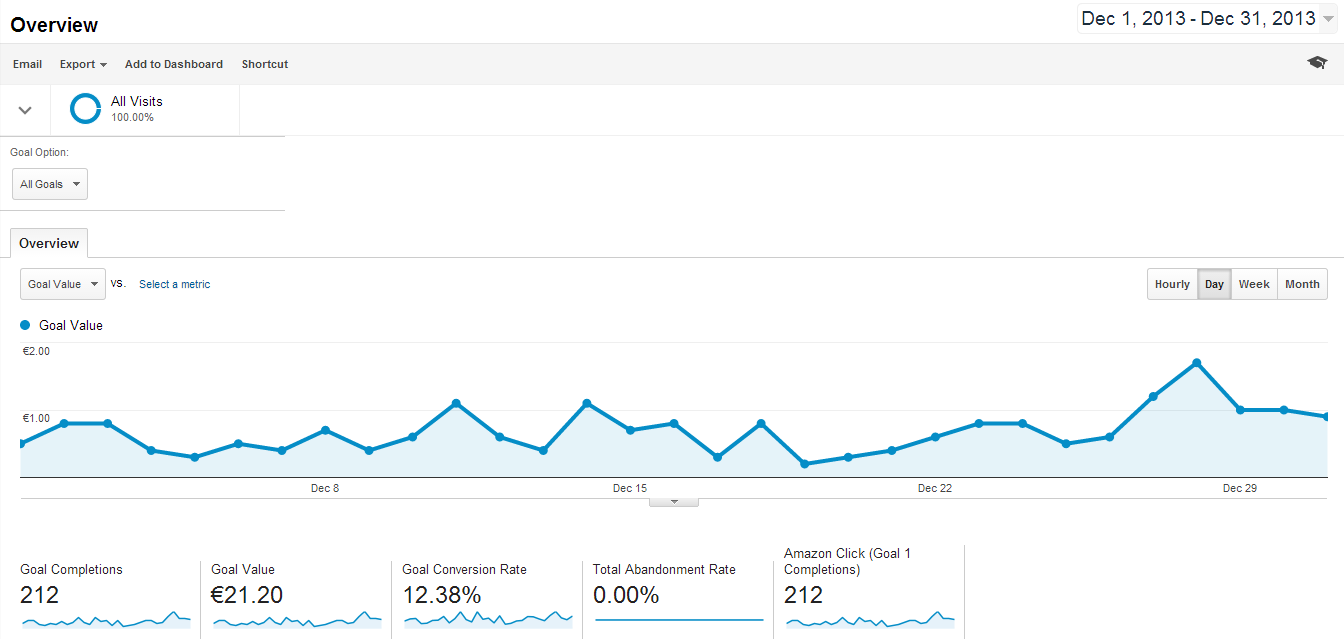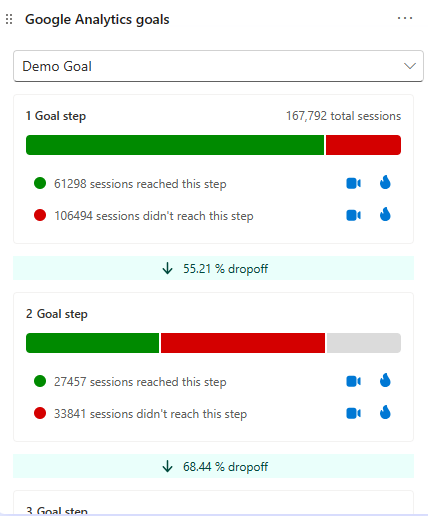Revealing the Blind Spots: Understanding What Google Analytics Goals Can not Determine
In the world of digital analytics, Google Analytics stands as an effective device for monitoring and assessing on the internet user interactions. Nevertheless, in the middle of its robust capacities, there exist dead spots that commonly evade measurement. Comprehending what Google Analytics objectives can not gauge is important for obtaining a thorough sight of customer actions and involvement. As we look into the details of these blind places, we reveal a complicated internet of undiscovered territories that hold useful insights right into customer actions and motivations, challenging conventional knowledge and shedding light on the limitations of our data-driven understanding.
Individual Habits on External Operatings Systems
Understanding just how customers engage on external platforms is crucial for maximizing on-line approaches. Exterior platforms, such as social media sites networks, recommendation sites, and on-line discussion forums, play a considerable duty in driving web traffic to a firm's website. By examining customer actions on these systems, companies can obtain valuable insights right into the effectiveness of their marketing efforts and the preferences of their target audience.
One secret element of user actions on external systems is the recommendation resource. By tracking where the users are originating from, services can identify which systems are driving the most traffic to their website. This info can help business designate their resources better, focusing on the platforms that generate the most effective outcomes.

Offline Interactions and conversions
Examining customer habits on external platforms offers important insights into on the internet techniques; nonetheless, taking into consideration offline conversions and communications is similarly imperative for a comprehensive understanding of a firm's overall performance. Offline conversions, such as in-store purchases or phone questions, play a substantial duty in many organizations' success.

Attribution Beyond Last Click
When diving into the realm of digital advertising and marketing analytics, it comes to be crucial to look beyond the solitary touchpoint of the last click for a much more extensive understanding of acknowledgment. While Google Analytics gives beneficial understandings into individual habits, counting only on last-click attribution can be limiting - what data is google analytics goals unable to track. Attribution models that exceed the last click offer a more nuanced view of the client journey, taking into consideration all the touchpoints that bring about a conversion
Acknowledgment beyond the last click permits marketing professionals to designate credit to different interactions along the conversion course, giving a clearer photo look at this web-site of the performance of different advertising channels. By checking out multi-touch attribution versions such as straight, time decay, or position-based attribution, services can much better allot their advertising and marketing budget plans and enhance their techniques for maximum effect.
Understanding the impact of each touchpoint in the conversion process is critical for making informed choices and making best use of ROI. By embracing attribution past the last click, services can obtain deeper understandings into client behavior and tailor their advertising efforts a lot more properly.
Cross-Device and Cross-Browser Tracking

Likewise, cross-browser tracking complements cross-device tracking by capturing user habits as they switch over between different internet browsers. Understanding exactly how customers interact with sites on numerous browsers can help online marketers optimize their online experiences to guarantee uniformity and functionality across different platforms.
Qualitative Information and User Intent
Comprehending user intent via qualitative data analysis is essential for developing targeted electronic advertising and marketing methods that resonate with the needs and choices of the target market. Qualitative data provides insights into the 'why' behind individual actions, clarifying inspirations, feelings, and choices that measurable information you could check here alone can not record. By evaluating user responses, remarks, and communications, marketers can discover important details regarding individual intent, allowing them to tailor their messaging, material, and offerings to much better line up with what their audience is looking for.
Qualitative data likewise assists in comprehending the context in which users engage with an internet site or app. This contextual understanding makes it possible for marketing professionals to create even more personalized and relevant experiences, ultimately driving higher engagement and conversion prices. By diving into user intent with qualitative information evaluation, organizations can gain a much deeper understanding of their target market, causing much more reliable advertising methods that fulfill users' needs and assumptions.
Conclusion
In conclusion, Google Analytics objectives have constraints in measuring customer actions on outside systems, offline conversions, attribution past last click, cross-device and cross-browser tracking, and qualitative information related to user intent. what data is google analytics goals unable to track. It is essential for services to be mindful of these dead spots in order to supplement their data evaluation with various other tools and methods to gain a much more extensive understanding of their target market and boost their overall electronic marketing strategies
By evaluating individual habits on these systems, services can get beneficial insights right into the efficiency of their advertising initiatives and the preferences of their target audience.
Examining individual habits on external systems provides valuable understandings into on-line strategies; nevertheless, thinking about offline conversions and interactions is just as imperative for a detailed understanding of a firm's overall performance.In digital marketing analytics, moving beyond last-click attribution to explore cross-device and cross-browser monitoring is essential for acquiring an all natural understanding of individual interactions across various platforms and devices. By assessing customer comments, remarks, and interactions, marketing professionals can discover useful info regarding user intent, allowing them to customize their messaging, content, and offerings to much better line up with what their audience is looking for.
By diving into user intent through qualitative information evaluation, organizations can get a deeper understanding of their explanation target audience, leading to much more efficient marketing approaches that fulfill customers' demands and expectations.